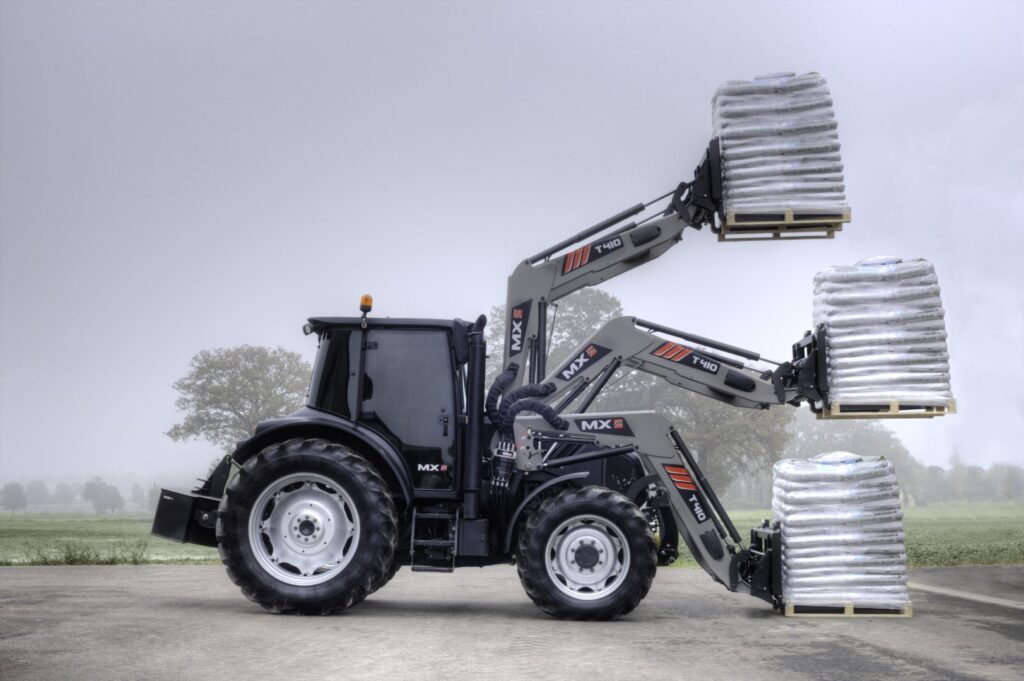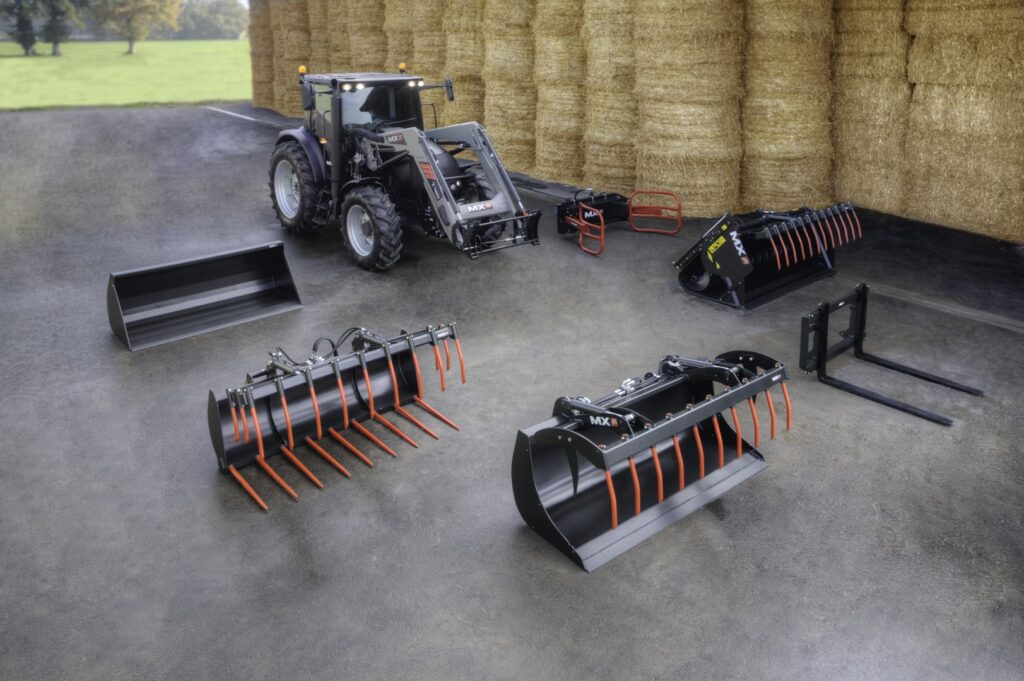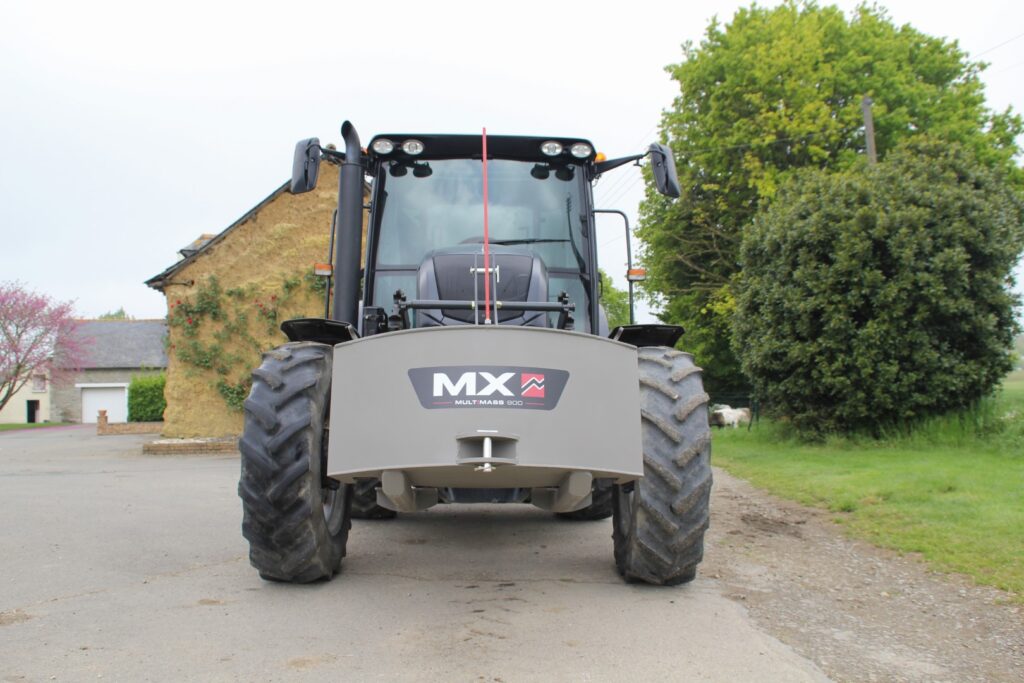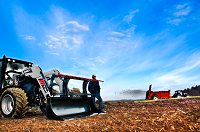Our product ranges Contractors
Quels sont les besoins d’une entreprise de travaux agricoles ?
Une ETA (entreprise de travaux agricoles) est une entreprise qui se consacre à fournir des services liés à l’agriculture, tels que les travaux des champs, la récolte, les semis, l’entretien des cultures et des terrains, ou des tâches plus spécifiques à une activité agricole. Ces entreprises peuvent être spécialisées dans un type particulier de cultures ou de services, ou elles peuvent offrir une variété d’offres pour répondre aux besoins des agriculteurs.
Un agriculteur peut faire appel à une entreprise de travaux agricoles à différents moments de l’année agricole, pour répondre à des besoins spécifiques liés aux cultures et à l’entretien des terres. Par exemple, une entreprise de travaux agricoles peut être appelée pour :
- La préparation des sols avant la plantation des cultures (labour, sarclage, etc)
- L’entretien des cultures (désherbage, traitement, etc)
- La récolte des cultures (moisson, récolte de fruits, etc)
- Le transport des récoltes (chargement, transport, etc)
- Le stockage des productions (ensilage, …)
- L’entretien des bâtiments agricoles
- Les travaux forestiers
- Les travaux d’aménagement paysager
Liste non exhaustive, les besoins peuvent varier selon les agriculteurs et les contextes. C’est la raison pour laquelle les besoins des ETA sont multiples afin de fournir le maximum de services. En intervenant ponctuellement sur des tâches spécifiques, cela demande aux machines un effort plus conséquent car elles seront très fortement sollicitées sur une courte période. Ainsi, pour qu’une mission soit effectuée le plus efficacement possible, l’entreprise doit être attentive au choix de son chargeur, ses outils et masses.
Comment bien choisir son chargeur pour une ETA ?
Il existe plusieurs facteurs à prendre en compte lors du choix d’un chargeur frontal pour un entrepreneur :
- Taille et poids : Il est important de choisir un chargeur frontal adapté à la taille et au poids des charges à manipuler, ainsi qu’aux besoins spécifiques de l’entreprise. Le matériel de l’entrepreneur va forcément être utilisé de façon plus intensive et il faut le dimensionner en conséquence.
- Capacité de levage : le chargeur doit avoir une capacité de levage nécessaire pour les tâches à effectuer.
- Espace de travail : Il faut prendre en compte l’espace de travail disponible et sur lequel il va opérer pour bien choisir les dimensions de la machine. Une ETA doit ainsi pouvoir intervenir dans des exploitations de différentes tailles.
- Utilisation : Il est nécessaire d’en choisir un qui conviendra aux tâches à effectuer, pour éviter des usages inappropriés qui peuvent causer des dommages à la machine et à l’environnement.
- Durabilité et entretien : éléments importants dans son choix, un chargeur durable et facile à entretenir permettra d’éviter les coûts d’entretien élevés et les temps d’arrêt. C’est un point primordial pour une ETA qui ne peut se permettre des interruptions à répétition, qui affectera son efficacité et pourra se conclure par un manque à gagner important.

MX a développé 6 gammes de chargeurs pour apporter des solutions adaptées aux utilisations.
Le choix des outils

Comme pour les chargeurs, le choix des outils est important en fonction du type de tâche. Il est important de choisir des outils de manutention adaptés aux tâches spécifiques à effectuer, pour éviter des usages inappropriés qui peuvent causer des dommages aux outils et aux charges et occasionner des retards ou des coûts additionnels.
L’outil de manutention doit aussi être adapté à la taille et au poids des charges à manipuler. MX propose un large catalogue d’outils répondant à de nombreux besoins pour les entrepreneurs:
- Des bennes pour différentes utilisations (benne de reprise, benne à désiler, compact…)
- des transpalettes avec des tailles variées
- des pinces pour le chargement et le déplacement d’objets lourds comme les troncs d’arbres par exemple
- des fourches à fumier, combinés griffres…
Le choix de la masse
Une masse pour tracteur est un équipement utilisé pour ajouter du poids supplémentaire au tracteur afin d’équilibrer les charges et ainsi d’améliorer son adhérence au sol et éviter tout effet de levier.
Initialement sur les roues arrière d’un tracteur, MX a développé ses masses avec un attelage à l’avant et à l’arrière du tracteur en fonction du besoin de l’entrepreneur. Il a ainsi la possibilité d’atteler sa masse supplémentaire directement sur le relevage avant de sa machine.
La marque va plus loin et propose aujourd’hui des équipements additionnels aux masses tels que les box de rangement. Fini tout l’outillage qui traîne généralement dans les cabines, ces coffres ont une grande capacité de rangement, pour un meilleur confort de travail des entrepreneurs !


